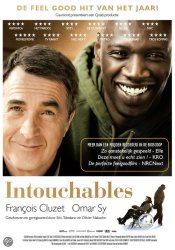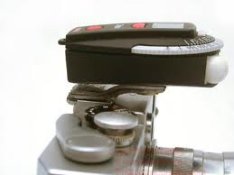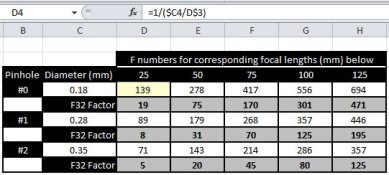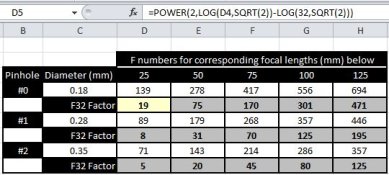I think he can't spell "
meter 
Hi pdeeh,
you're wrong: Bob's Sekonic is a French model, see:
http://www.sekonic.com/downloads/C-500_Operating_Manual_French.pdf
Also called: "un instrument demesure de la lumière".
And a beautiful language it is, French! I'm still sorry I didn't learn it properly in High School.
If you don't know what French sounds like, watch
the movie "Intouchables" (French version with English subtitles). You'll laugh your "chaussettes" off.

Hi Bob,
I like your conclusion in the article: "
Even with metering, pinhole photography is not an exact process, which makes it somewhat artistically unique, challenging but enjoyable. I believe there is something significant to be said for the immediate unknown
for patience
for critical thinking
for anticipation when waiting for paper or film to be processed."
I totally agree. Using digital aids isn't forbidden (not even for artists) but in the end, it still is only an end to a mean (or whatever the phrase is...). Pinhole is a way of live, not an technique.
My only problem with (most of) the light meters is being unable to set for ISO 1 and f/512, thus having to make do with tables, calculating, etc.
I now use a simple app (see also: (there was a url link here which no longer exists)) or even better: guestimation. If you use your pinhole camera often enough, you'll get the hang of it.
It worked well (there was a url link here which no longer exists).
But it is always nice to be able to measure with a proper light meter, especially when I use a camera like my Leica III (1936) or my Bronica SQ-B.
Every photographer should have a handheld light meter, just for the sake of it....
I myself use Gossen light meters. The Gossen Digisix is very small and can even be attached onto your camera.








